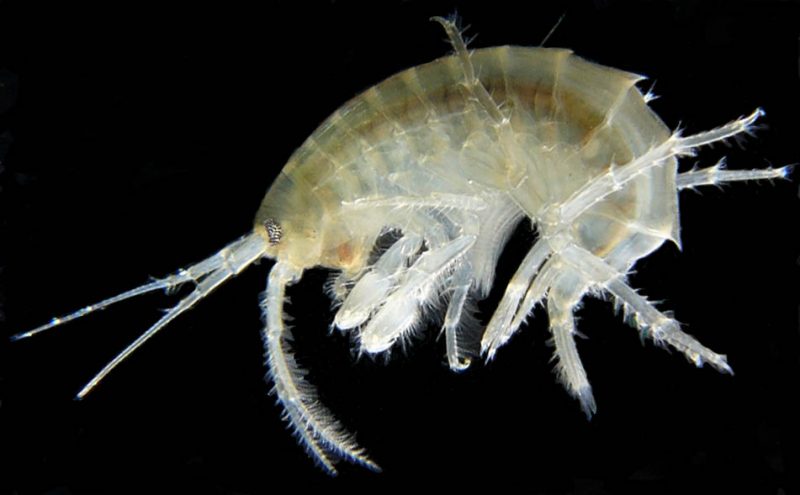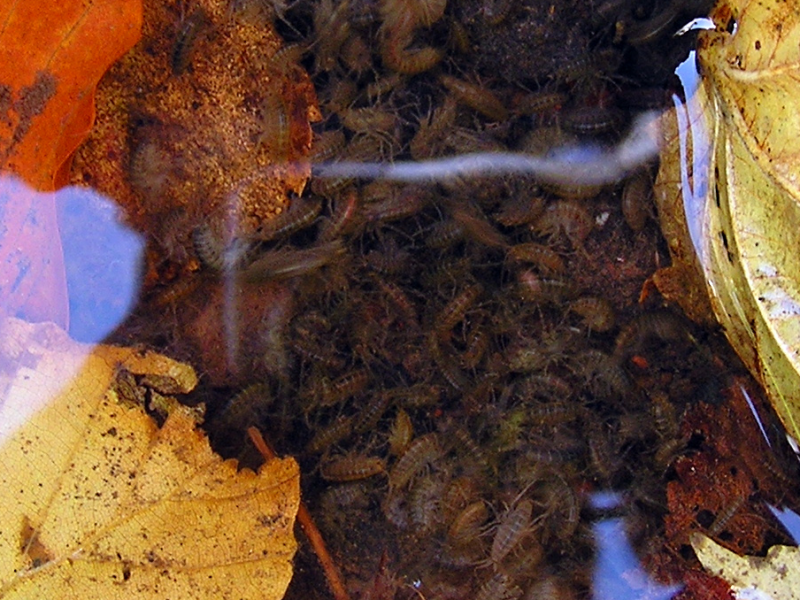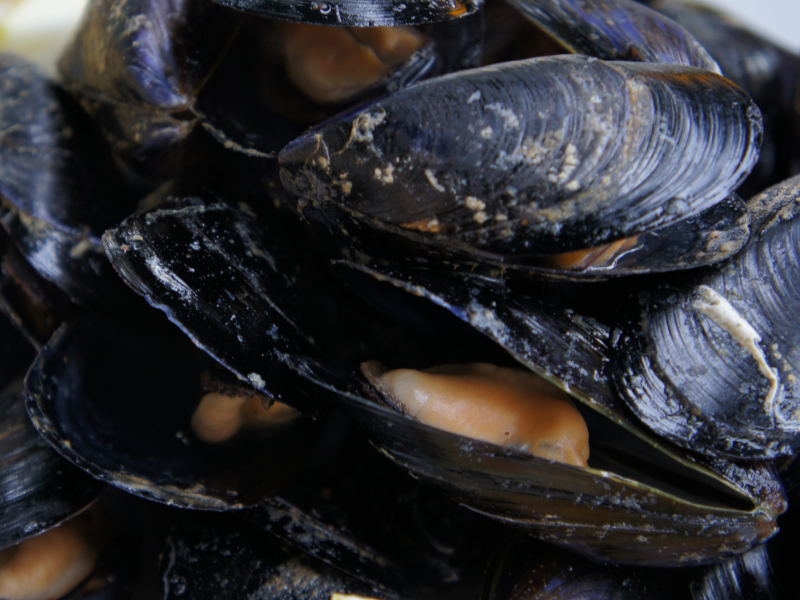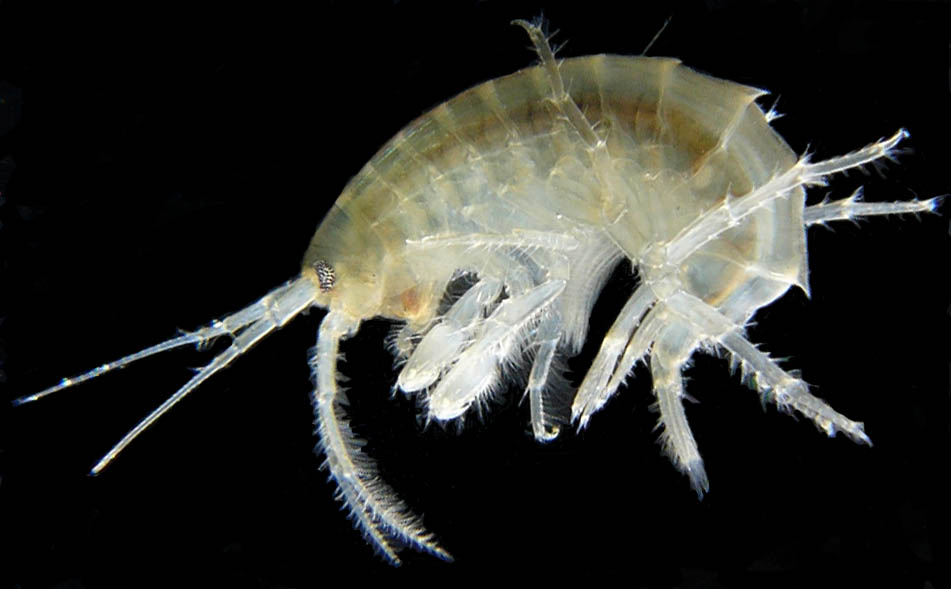
- Scientists have found traces of cocaine in freshwater shrimp across five rivers in the UK.
- In a new study, researchers said they also detected the drug ketamine, banned pesticides, and antidepressant drugs in the shrimp.
- This isn’t the first time scientists have found drugs in aquatic animals. Mussels in Seattle’s Puget Sound had traces of oxycodone in them, and eels in London’s Thames river may have been affected by cocaine in the water.
- Visit Business Insider’s homepage for more stories.
Shrimp in five UK rivers have tested positive for cocaine.
A group of British scientists drug-tested freshwater shrimp from 15 sites across five rivers in Suffolk County, a rural area northeast of London. Their results, published in the journal Environment International, showed that all the shrimp contained trace amounts of cocaine, as well as the drug ketamine (an anesthetic sometimes used as a party drug) and a banned pesticide called fenuron.
The researchers said the drugs likely made their way into rivers and fresh water after human consumption; cocaine can pass from urine into our wastewater. Then – especially if raw human sewage is left unfiltered and untreated – the drug can flow from our sewage systems into surrounding aquatic ecosystems.
“Such regular occurrence of illicit drugs in wildlife was surprising,” Leon Barron, a coauthor of the study, said in a press release. “We might expect to see these in urban areas such as London, but not in smaller and more rural catchments.”
The study authors said they couldn't draw any conclusions about what effects these river pollutants might have on the shrimp or the animals that eat them. They did say, however, that the detection of "several pesticides that no longer have approval in the EU" warrants further investigation.
From urine to sewage to shrimp
At the 15 sites tested in the study, scientists found traces of 56 pollutants in a type of freshwater shrimp called Gammarus pulex.
The compounds that were detected most frequently in the highest concentrations were drugs such as cocaine, lidocaine (a local anesthetic that some drug dealers use to bulk up cocaine), and ketamine.
The researchers found traces of the antianxiety medications alprazolam and diazepam as well (better known by their brand names, Xanax and Valium, respectively). Propranolol - which treats high blood pressure and irregular heartbeats - was also detected, though not as frequently.

Drugs aren't the only pollutants that can accumulate in aquatic critters.
Fish and shellfish can also accumulate microplastics - tiny pieces of broken-down plastic - that make their way up the food chain. Microplastics even show up in our poop, according to the Smithsonian Institute.
Shellfish also ingest poisonous chemicals that enter waterways. One notable example of this was methylmercury dumped by a fertilizer company called the Chisso Corporation in Japan's Minamata Bay from 1932 to 1968. Japanese citizens consumed the bay's contaminated seafood and consequently contracted Minamata disease, which wreaks havoc on the brain and nervous system and causes physical deformities.
Drug-filled shellfish isn't a problem restricted to the UK
Shrimp aren't the only animals with an accidental drug problem.

A 2017 study in Victoria, British Columbia found that shellfish living in close proximity to places where sewage gets discharged into the environment contained traces of drugs like triclosan (the antibacterial agent in hand soap) and ibuprofen.
In January 2019, scientists also found that London sewer water overflowing into the Thames river contained traces of cocaine. The UK capital has the highest concentration of cocaine in its sewage of any city in Europe.
Yet another study found that critically endangered eels swimming in the Thames river could become "hyperactive" as that cocaine accumulates in their brains, muscles, gills, and skin.

Finally, last year, scientists also found traces of oxycodone, antidepressants, chemotherapy drugs, and heart medications in the muscle tissue of mussels in Seattle's Puget Sound. This suggests the mussels are feeding on contaminated human sewage, the researchers said.
"You wouldn't want to collect (and eat) mussels from these urban bays," study co-author Andy James wrote in a press release.

